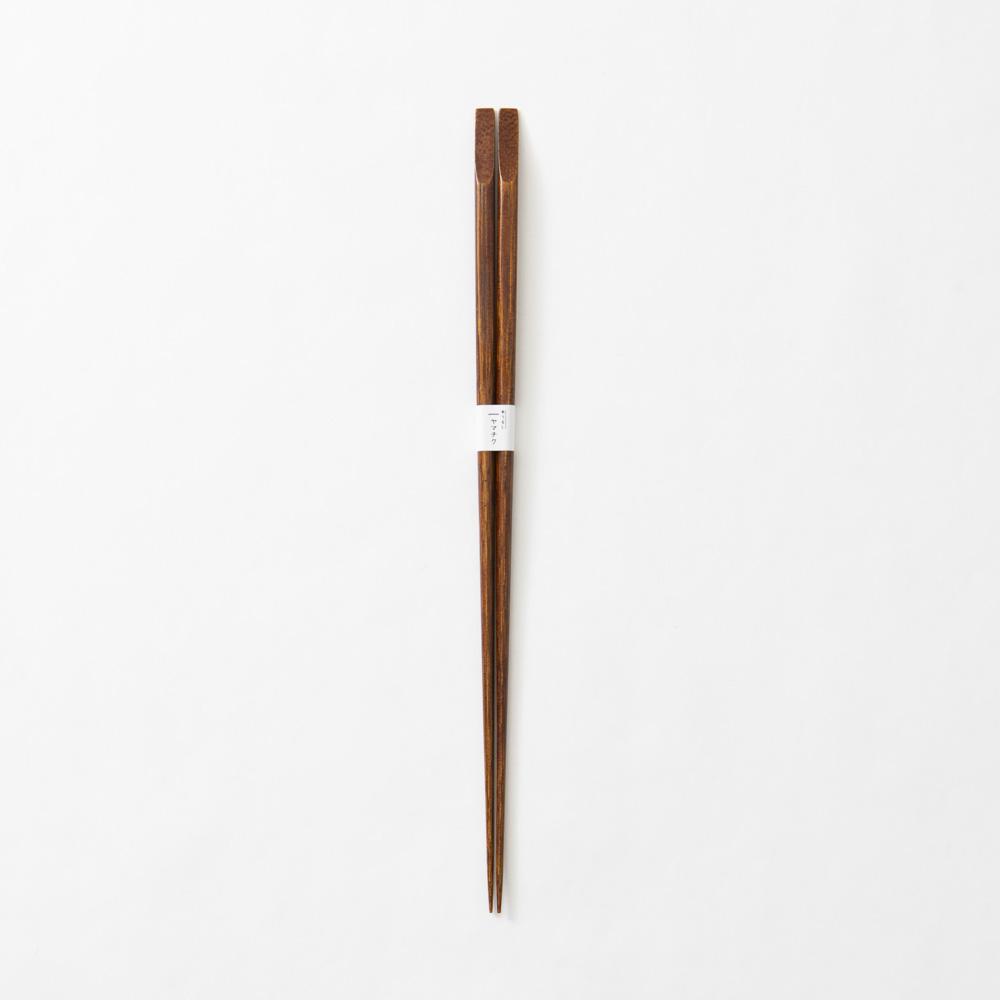
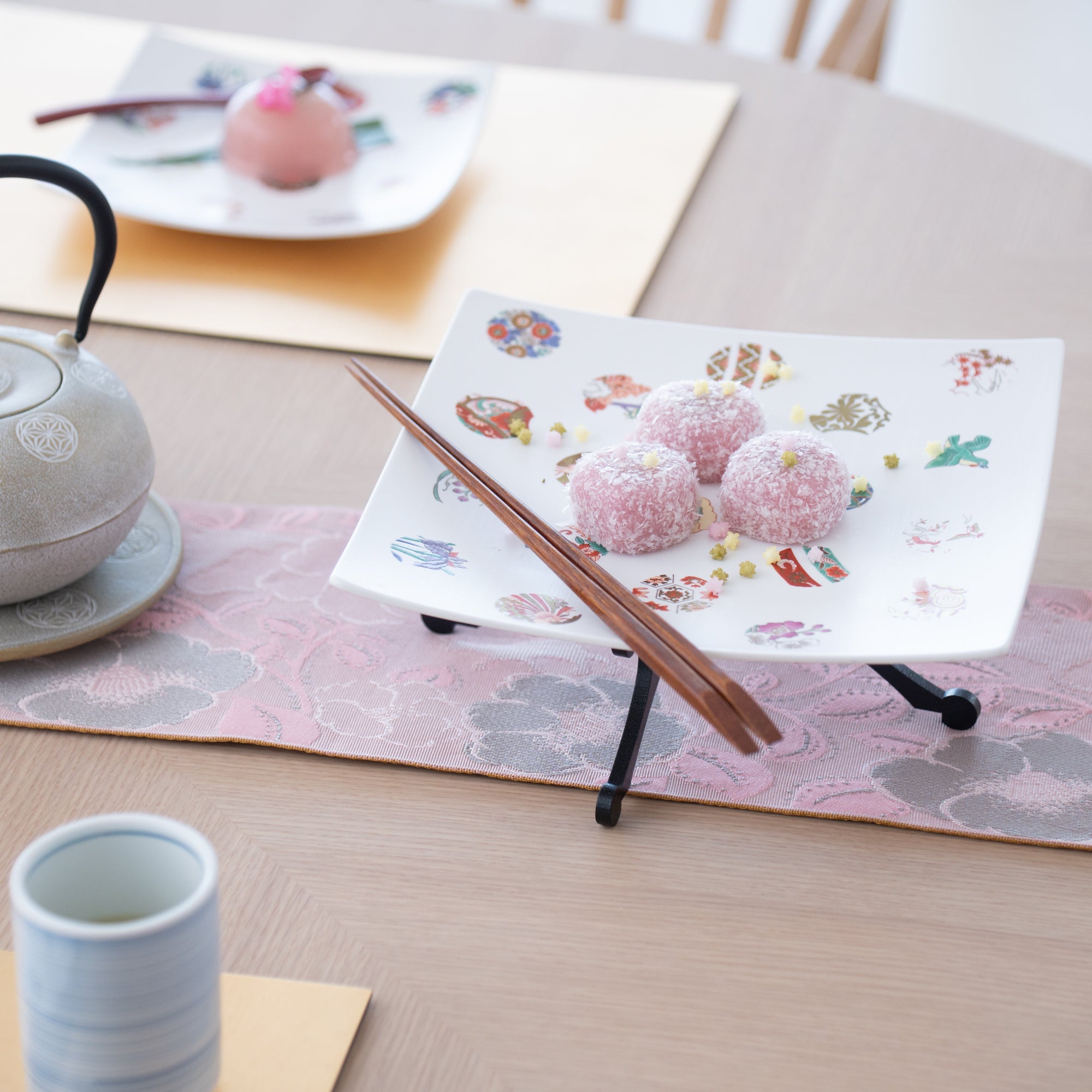
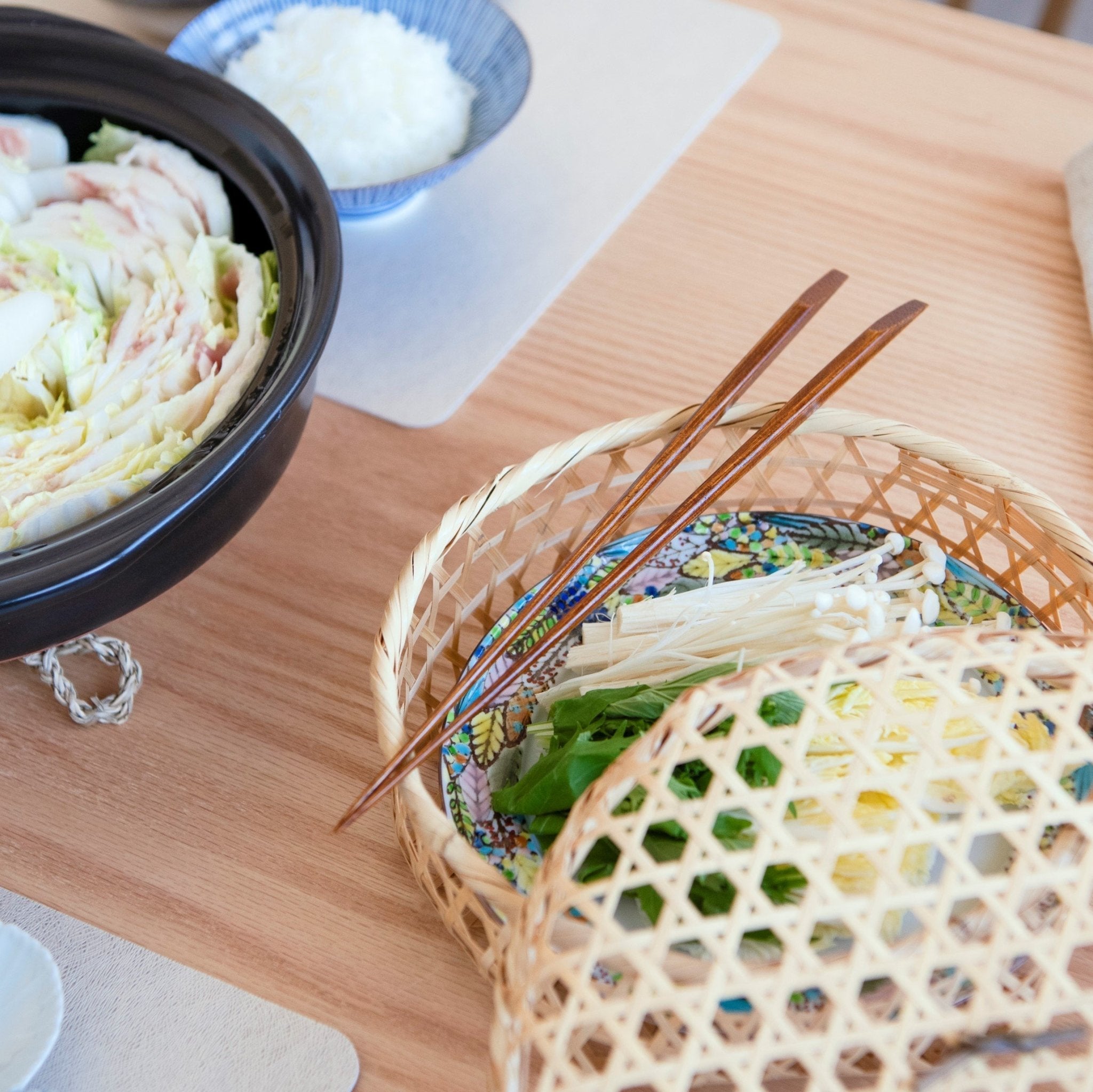
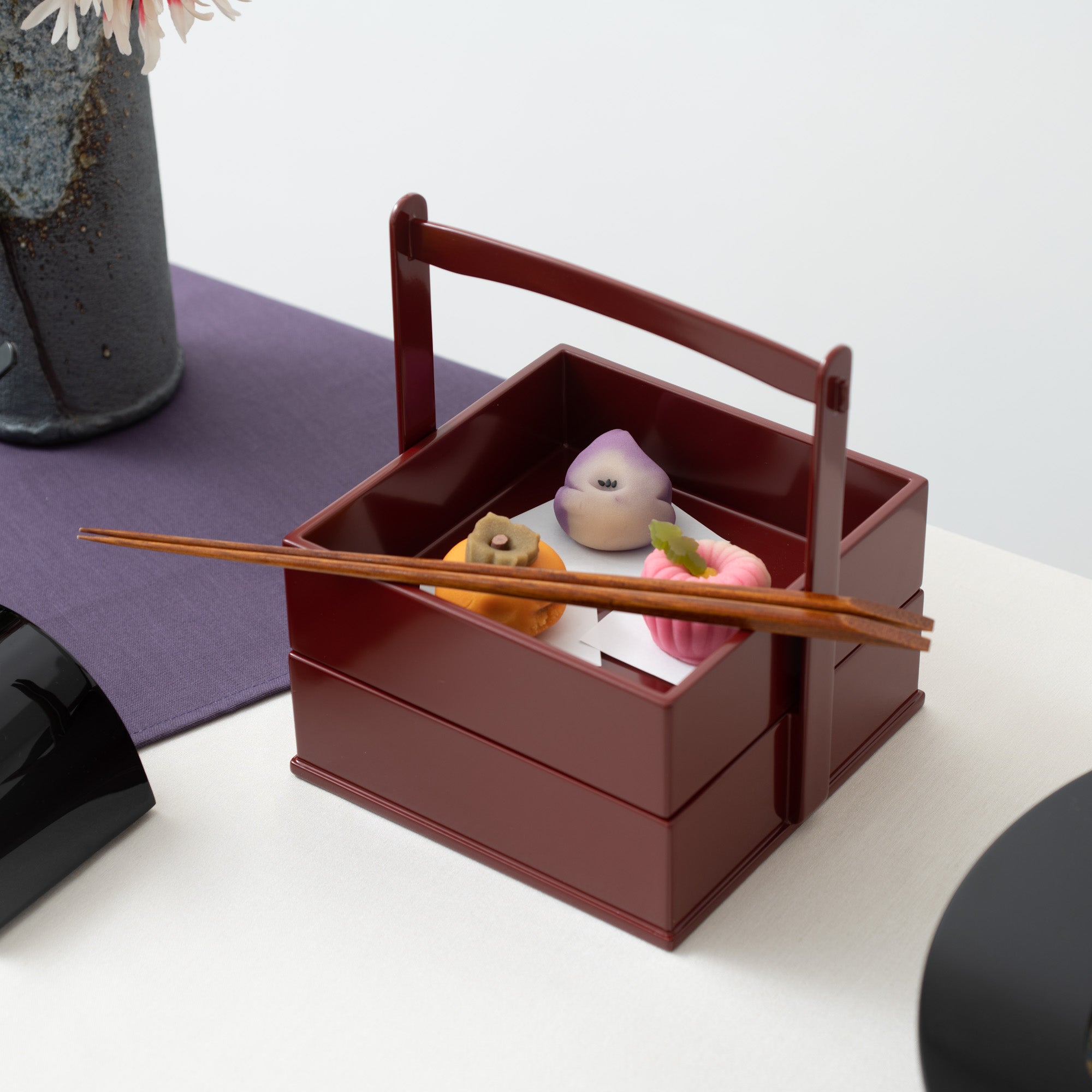
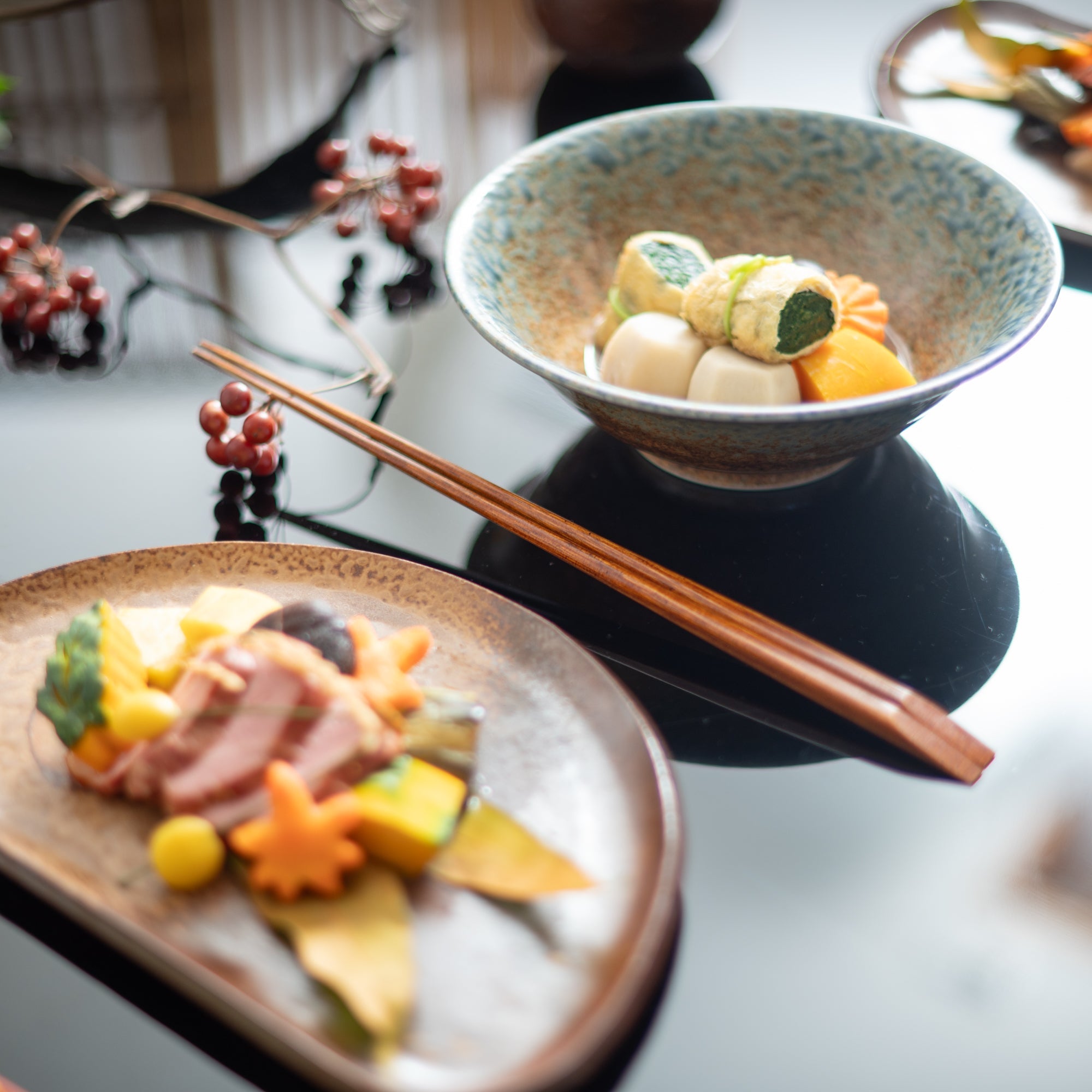
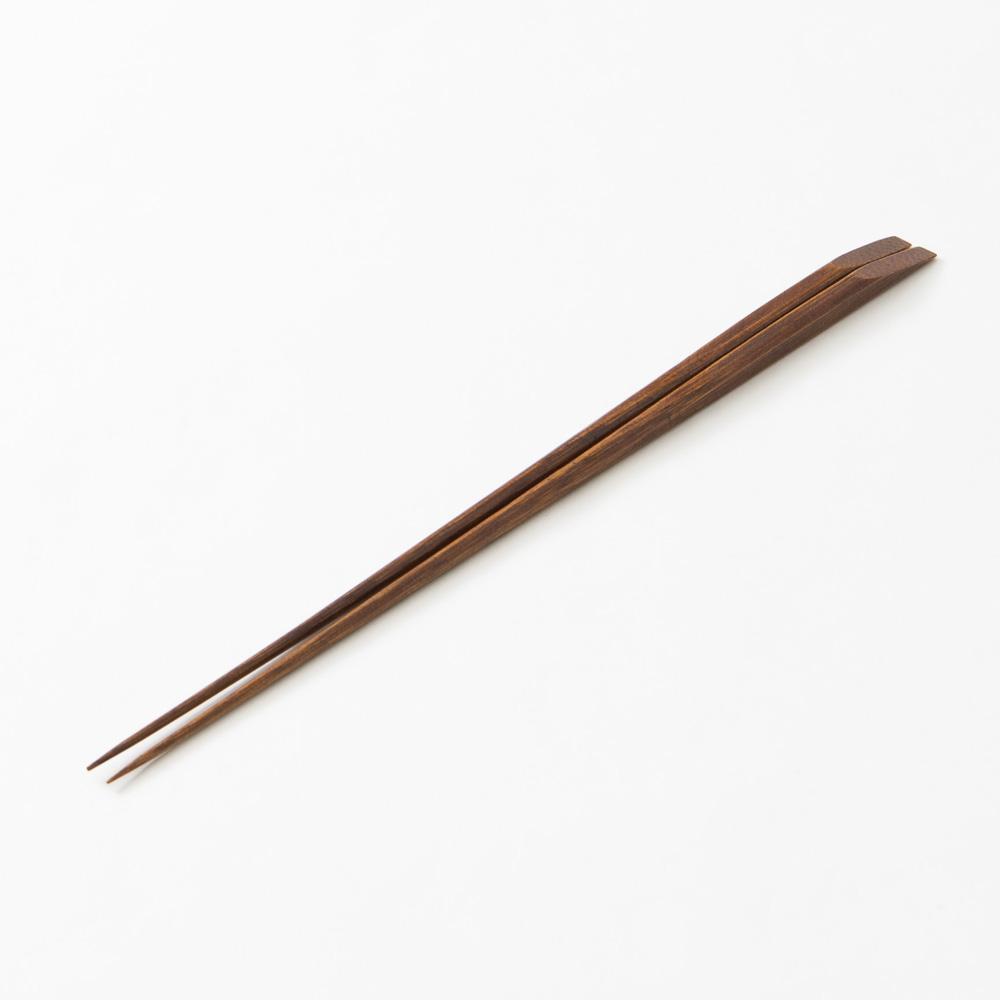
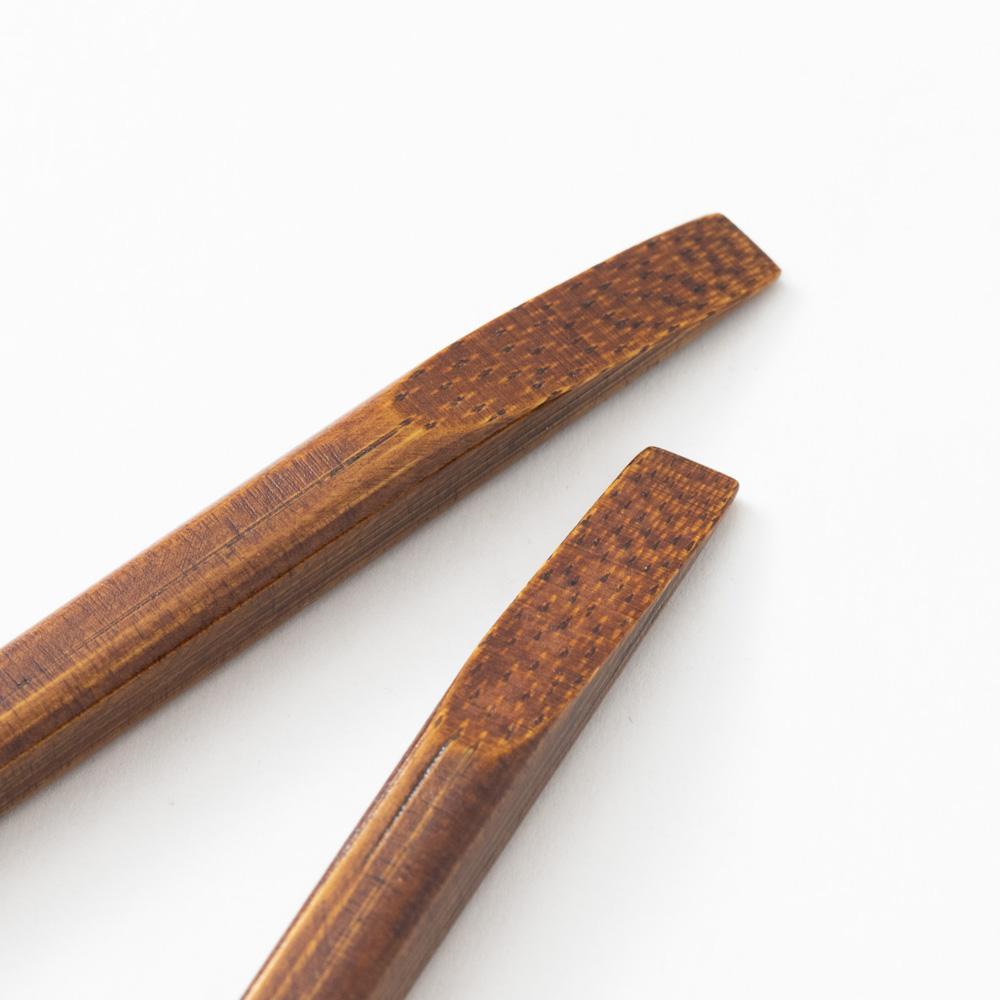

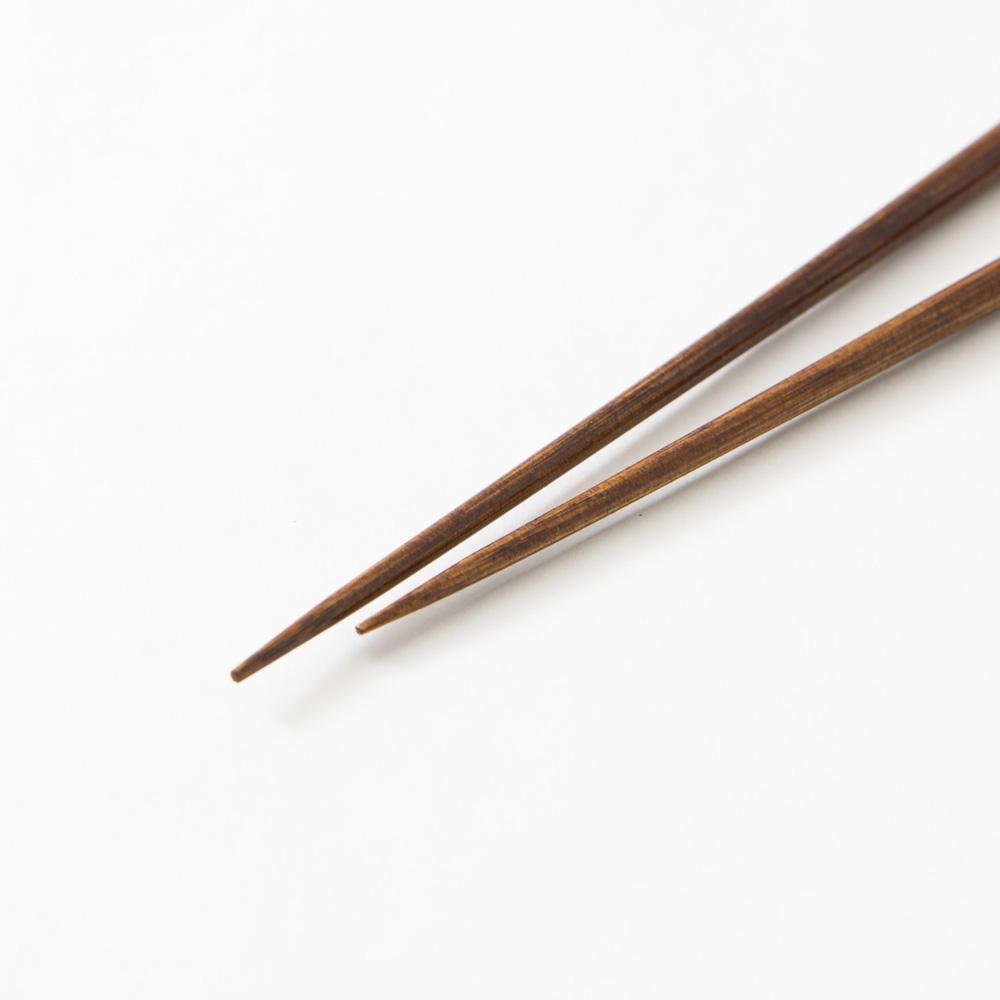
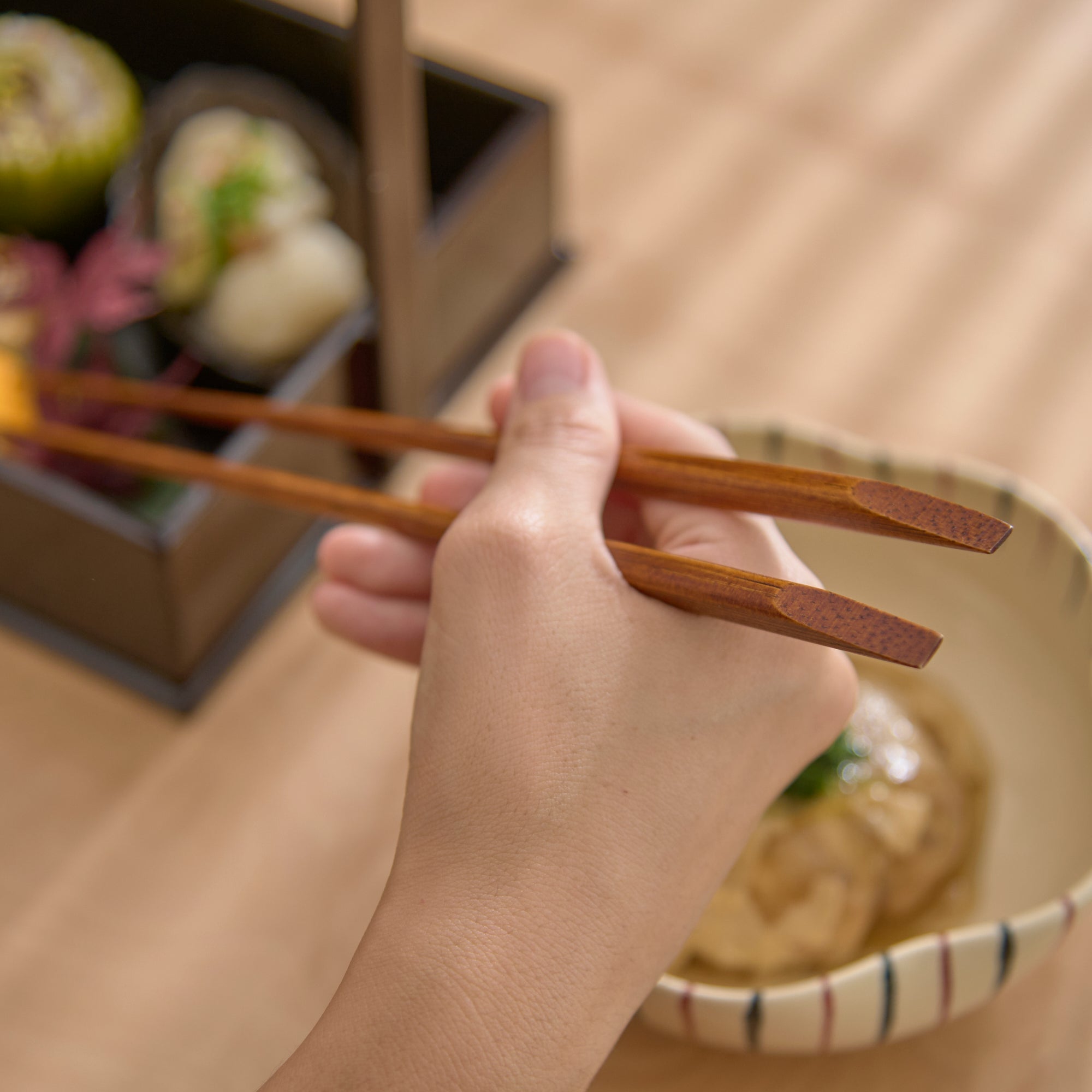
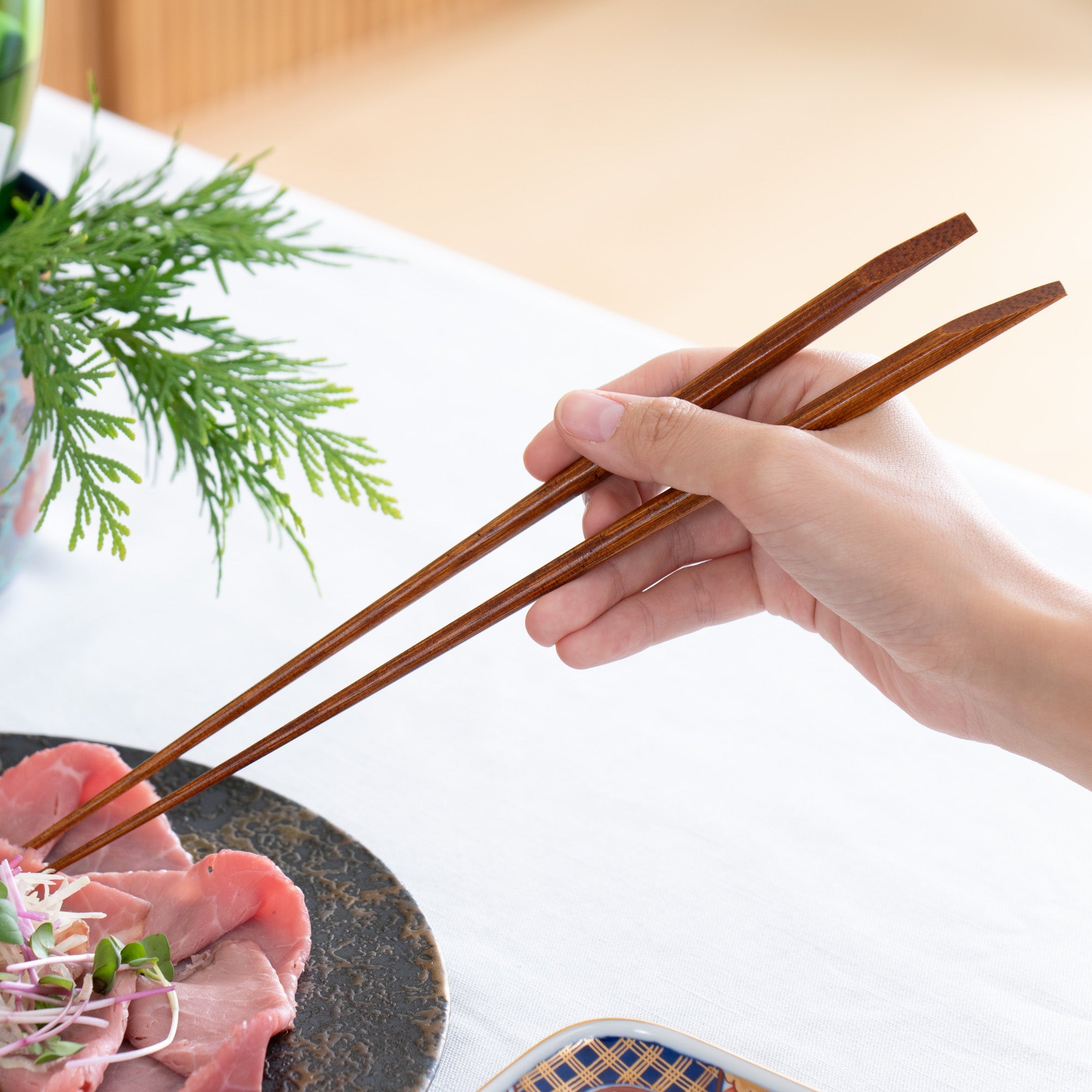
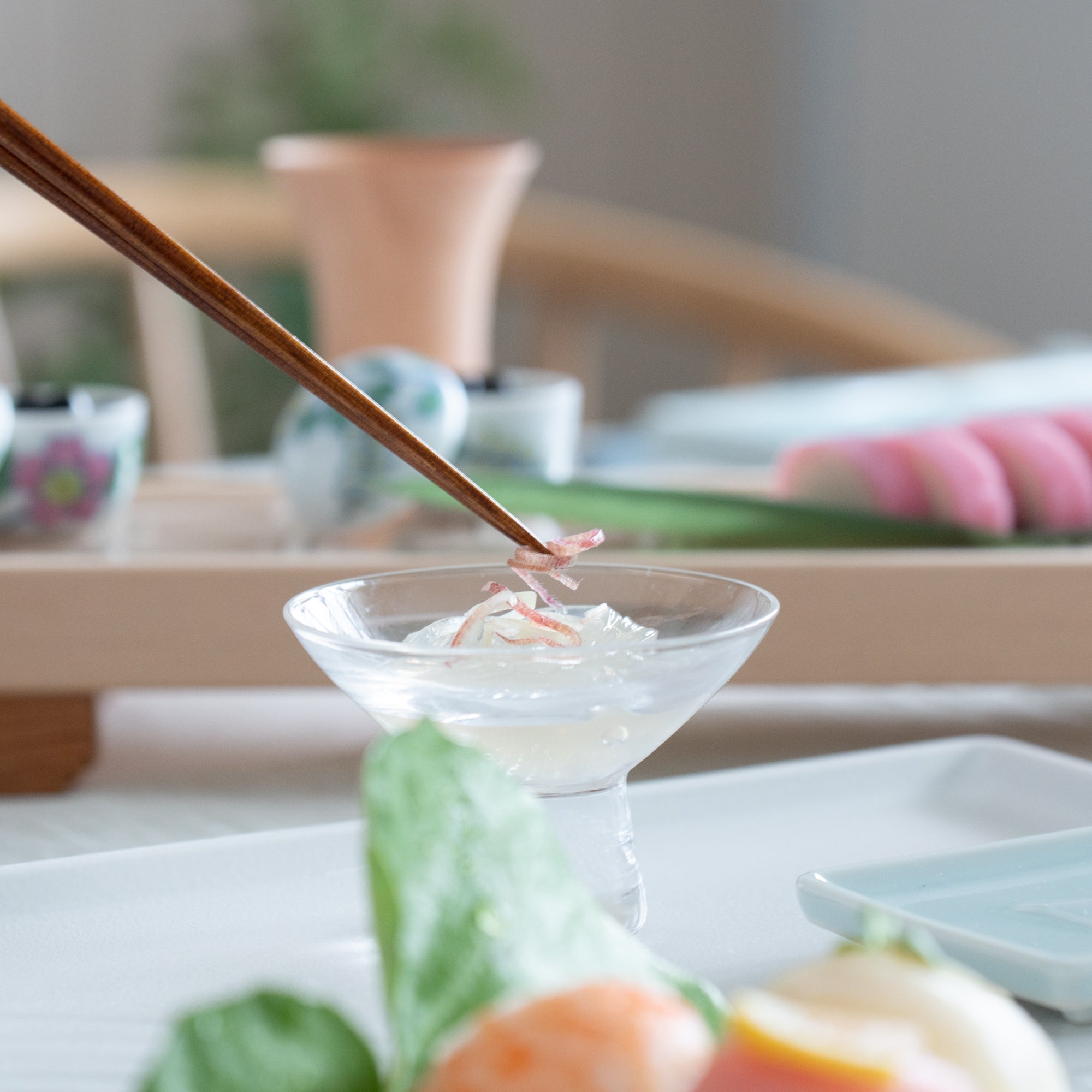
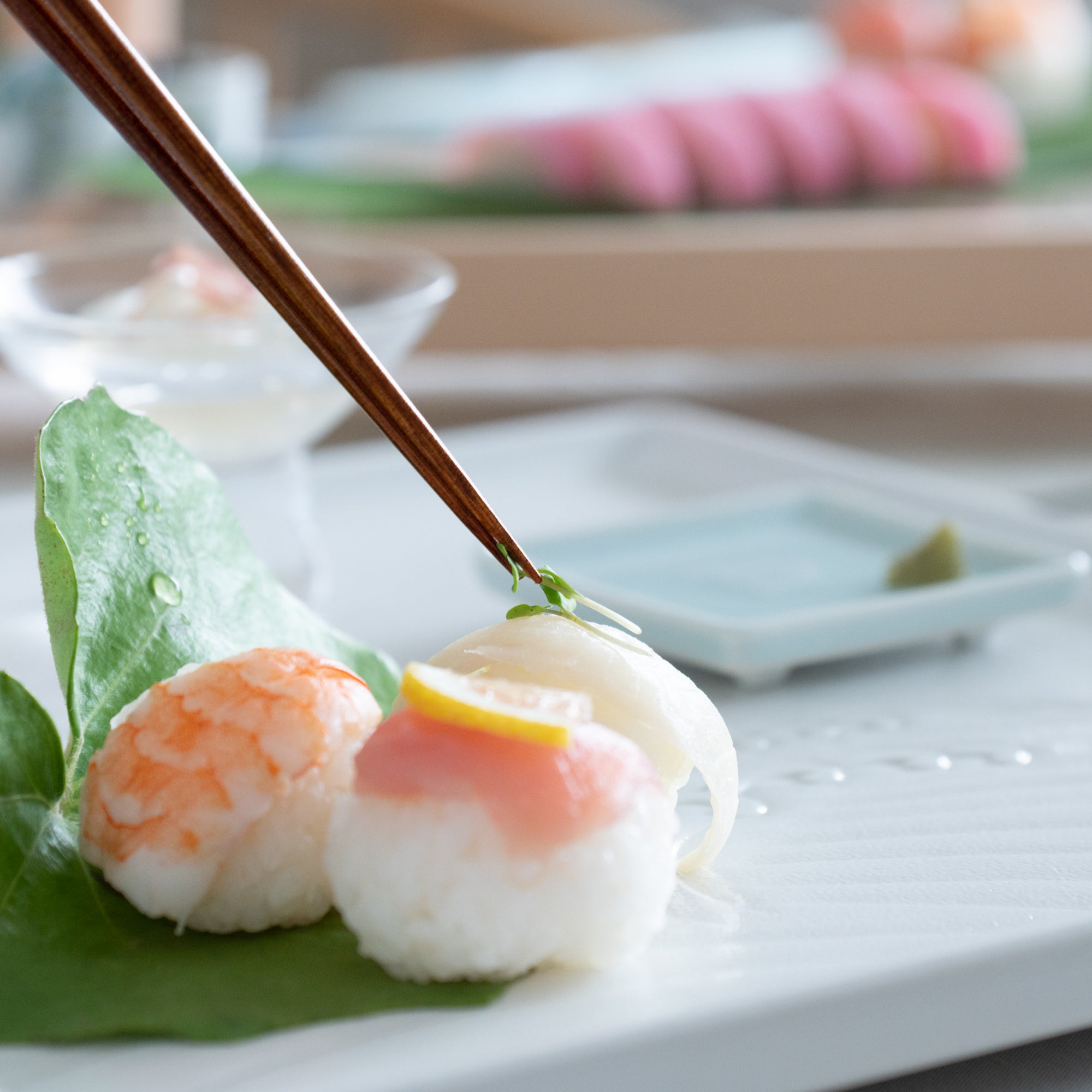

Yamachiku Lacquered Bamboo Serving Chopsticks 30cm/11.8in
Estimated Shipping Widget will be displayed here!
Favored by professional chefs for years, Yamachiku's bamboo serving chopsticks offer a stylish and practical way to serve food. They elevate the presentation and hospitality of meals, making them perfect for entertaining guests.
Bamboo chopsticks are moderately light and very easy to hold. Their flexibility and thin tips make serving food effortless and precise. The warm touch and gentle feel of the lacquer further enhance their comfort.
Yamachiku, a manufacturer of bamboo chopsticks, is located in Kumamoto Prefecture. They harvest bamboo individually from the surrounding mountains and use a combination of hand and machine processing to produce purely domestic bamboo chopsticks.
These chopsticks are recommended for daily use and also make excellent gifts.
PRODUCT DETAIL
- Quantity: 1
- Dimension: 30 cm (11.8 in)
- Material: Bamboo
- Coating: Lacquer
- Origin: Made in Japan
- Brand: Yamachiku
Choose options














Estimated Shipping Widget will be displayed here!
International Shipping
Multiple International Shipping Options
Discounted shipping for over 500000!
Free shipping for over 5000000!
Insured shipping service
Full compensation for any damage during transit.
Made by Japanese craftsmen
Fair Pricing, free Furoshiki wrapping!

